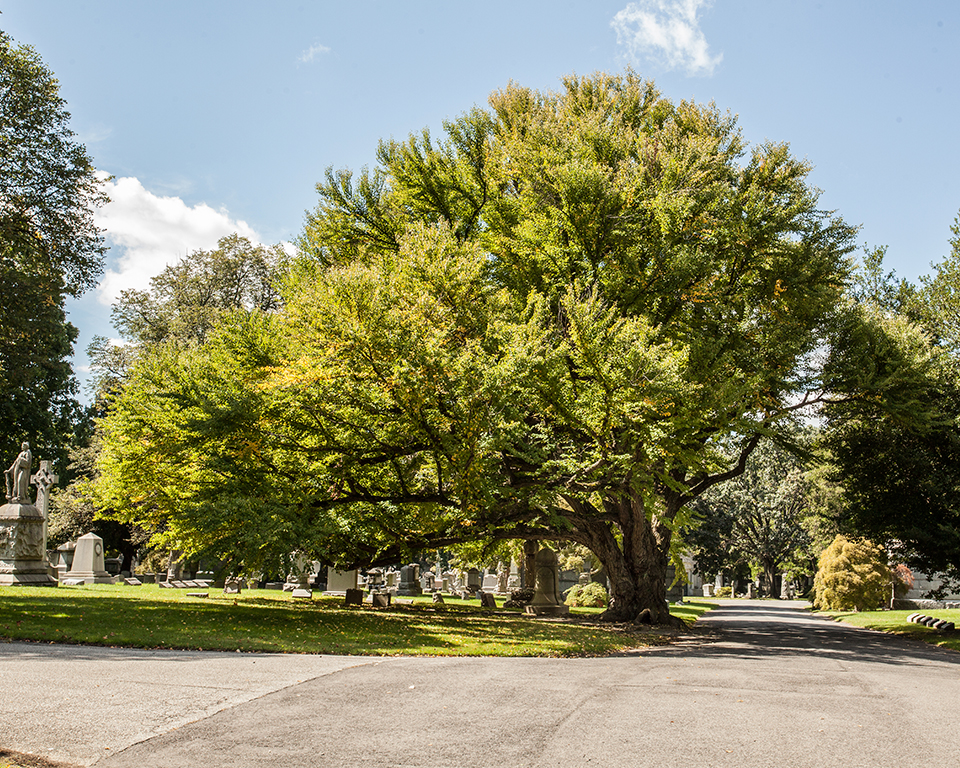CERCIDIPHYLLUM JAPONICUM – KATSURATREE

Like many other trees, Katsura tree is intolerant of drought until well established and should be protected from direct exposure to wind. Leaves often drop in mid to late summer in response to dry weather. It is not suited for compacted soil since the shallow roots will be a nuisance for lawn and sidewalk maintenance. Provide irrigation and keep the soil beneath the canopy mulched for best vigor and to protect roots. Pollen from male trees can cause serious allergies in certain people; females generate no pollen.
Due to the coarse root system, the tree is often raised in fabric containers in field soil, is regularly root pruning in the field, or is grown in air root-pruning or copper root-pruning containers. The container systems allow for less circling roots along the edge of the root ball; the field systems may result in a greater portion of the root system harvested. Transplant in spring for best recovery. Trees in one study in NY had trouble recovering from bare-root transplanting.
Trees often grow with several trunks emerging from the ground with bark inclusions in the crotches. Trees are more durable and will last longer if they are trained to develop one trunk and branches spaced apart, not clustered together at one point. Clustered branches with included bark can lead to splitting.

